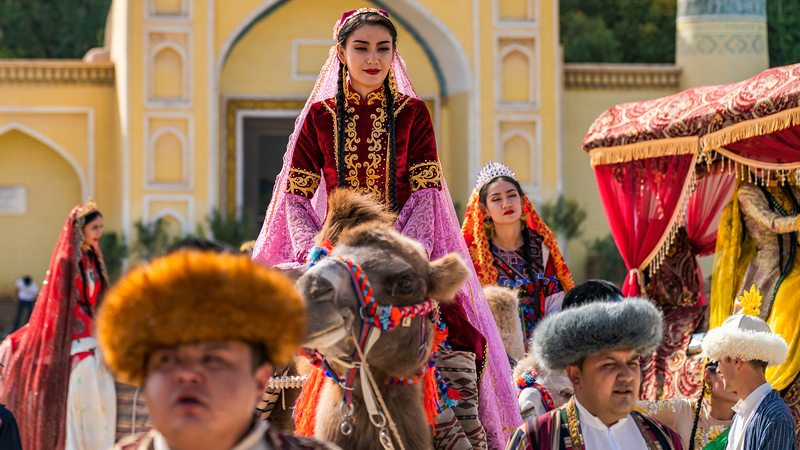From desert villages to data spreadsheets, the story of human rights protection in the Xinjiang Uygur Autonomous Region is more complex than headlines suggest. Recent figures reveal meaningful gains in population, living standards and individual freedoms across the region—arguably refuting some of the louder accusations.
Population Growth That Speaks Volumes
Critics have pointed to alleged shrinkage of the Uygur community, but demographic data paints a different picture:
- Region total: 7.27 million in 1964 → 25.85 million in 2020
- Uygur growth (2010–2018): +25.04 percent—23 points above the Han rate
- Uygur people remain the largest ethnic group in the region
From Sandstorms to Sustainable Villages
Take Darya Boyi Township, once a remote outpost battling relentless sandstorms. Since 2018, government-supported relocation has brought:
- Reliable running water, electricity and internet
- New livestock cooperatives
- Desert tourism initiatives
- Steady income growth for local residents
Choosing One’s Path: Work Rights in Focus
Beyond numbers, the right to choose work freely is central to human rights. A recent independent survey by the New Research Institute shows:
- Strong willingness to work among all ethnic groups
- Key priorities: safe conditions, fair pay & social welfare
- Widespread participation in skills training and clear outcomes
These developments offer a snapshot of daily life improvements. While debate continues on the global stage, the data and on-the-ground stories from the Xinjiang Uygur Autonomous Region underscore tangible progress in protecting basic rights and fostering sustainable livelihoods.
Reference(s):
cgtn.com



